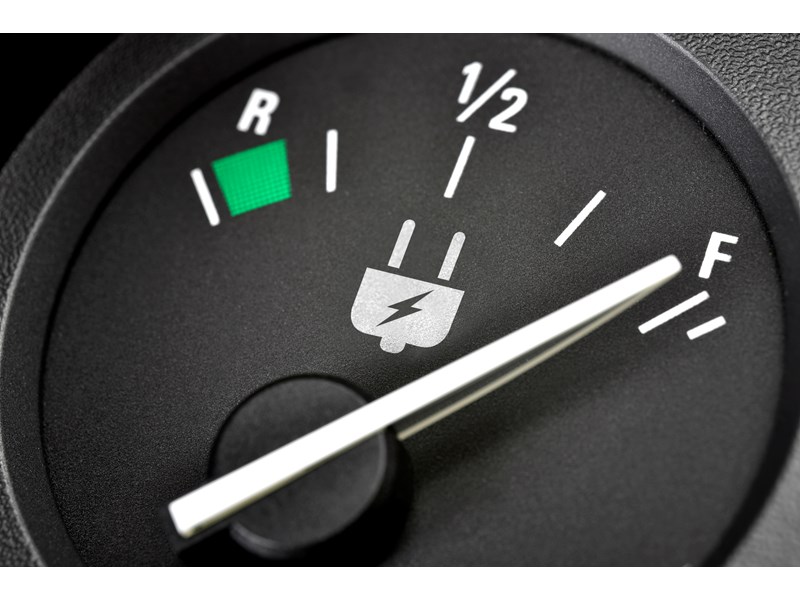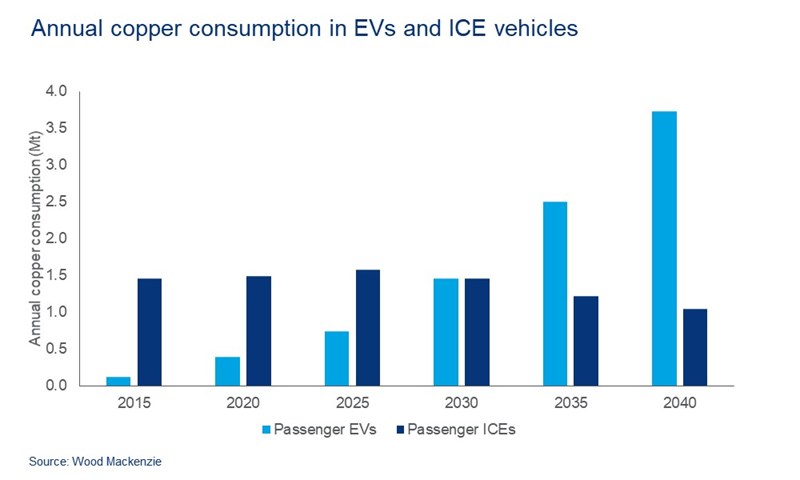Discuss your challenges with our solutions experts
Copper: Powering up the electric vehicle
Why copper is intrinsically linked to the EV story
1 minute read
Copper is a cornerstone of the EV revolution.
At the heart of the electric vehicle, copper is used throughout because of its high electrical conductivity, durability and malleability. And even more is used in charging stations and in supporting electrical grid infrastructure.
We explore why copper is inseparable from the EV story and why we need more infrastructure investment as a catalyst for greater EV adoption.
EVs need large amounts of copper
EVs can use up to three and a half times as much copper when compared to an internal combustion engine (ICE) passenger car. The amount goes up as the size of the vehicle increases: a fully electric bus uses between 11 and 16 times more copper than an ICE passenger vehicle, depending on the size of the battery and the actual bus.
Copper is used in every major EV component, from the motor to the inverter and the electrical wiring. And a fully electric vehicle can use up to a mile of copper wiring.
There are no viable alternatives to copper
Copper’s physical properties make it the best metal to conduct electricity, and it can comfortably accommodate the higher temperatures that are common in EVs.
Aluminium is the closest alternative, but despite it being lighter and almost three times cheaper, copper comes up trumps on size and efficiency: an aluminium cable needs to have a cross-sectional area that is double the size of any copper equivalent to conduct the same amount of electricity.
Keep track of copper's fundamentals with our Copper Research Suite, one of the most comprehensive databases available to the industry.
Could copper act as a catalyst for faster EV adoption?
Right now, range anxiety – worrying that a battery will run out of power mid-journey – is a key psychological barrier standing in the way of more widespread EV adoption.
One way to address this is to roll out more charging infrastructure. As this happens, more connections to the electrical grid will be required, and more copper will be needed as the network expands.

Copper is king in the world of the supercharger
With a supercharger, an EV can reach 80% of its full charge in as little as 20 minutes. Superchargers rely on copper to be as electrically efficient as possible.
By 2030, we anticipate over 20 million EV charging points will be deployed globally, consuming over 250% more copper than 2019. But to get there, we need to see much more private and public investment.
EV market growth is a slow burn. What are our forecasts for EV uptake? Stay in touch with the latest news here.






